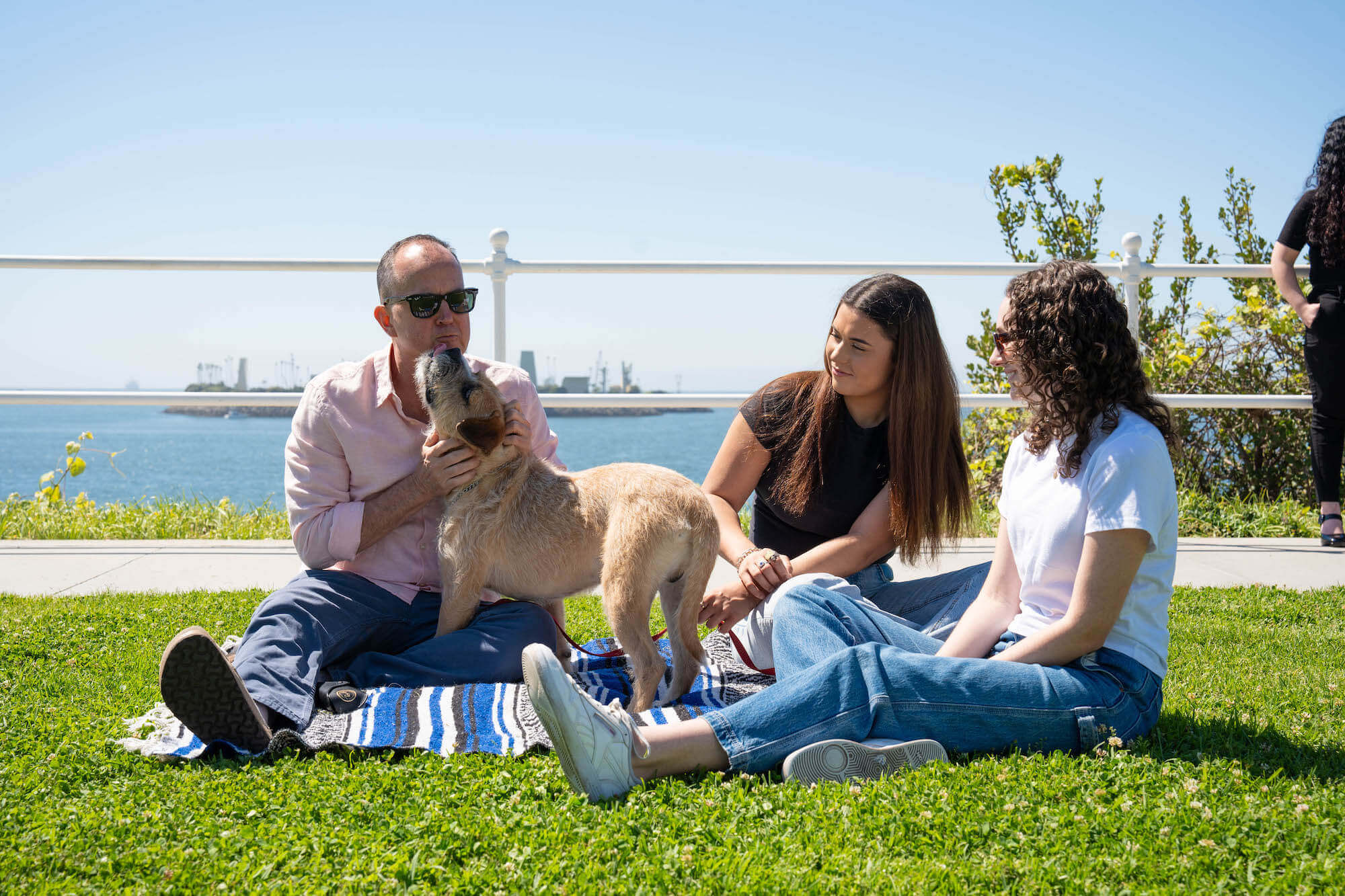Home » Percocet Addiction » Percocet Withdrawal Symptoms
Percocet Withdrawal Symptoms
Percocet is a branded oxycodone/acetaminophen medication prescribed for the short-term relief of moderate and severe pain.
There are two active ingredients in Percocet:
- Oxycodone (a potent opioid painkiller).
- Acetaminophen (a non-opioid OTC pain reliever).
Although Percocet is highly effective for relieving pain in the short term, the opioid content of this medication means it also has a high potential for abuse, dependence, and addiction. If you become physically dependent on this opioid-based painkiller, you will experience extremely uncomfortable withdrawal symptoms of Percocet in its absence. This can occur even when the medication is used as prescribed for pain relief.
Many people abuse opioids like Percocet for recreational purposes. In addition to alleviating pain, opioids also trigger a euphoric high.
Percocet is classified as a Schedule II controlled narcotic. Narcotics are opioids, and Schedule II controlled substances like Percocet have some medical utility, as well as the potential for abuse and addiction.
Today’s guide outlines what to expect from the Percocet withdrawal process, highlights symptoms of Percocet withdrawal, and shows you how to most effectively initiate your recovery from opioid addiction.


PERCOCET WITHDRAWAL
When you take opioids like Percocet, the drug primarily works on mu-opioid receptors in the brain. The sustained use of opioids causes these receptors to become over-stimulated. The brain starts to compensate, and the body tries to restore balance (homeostasis) by developing tolerance, which can then lead to withdrawal from Percocet once chemical dependency sets in.
If you suddenly stop taking Percocet, your brain will not have the time to adjust to the absence of the opioids. Intensely unpleasant withdrawal symptoms will present in response.
If you have been taking Percocet or any other medication containing oxycodone, a tapered reduction in dosage can ease the intensity of the withdrawal process.
Most people find that the safest and most comfortable approach to Percocet withdrawal involves a supervised medical detox.
PERCOCET WITHDRAWAL SYMPTOMS
Percocet withdrawal symptoms are a physical and emotional response to the absence of a substance to which you have become accustomed.
Common withdrawal symptoms Percocet include physical issues like nausea and vomiting, as well as psychological complications, including anxiety.
These are the most reported physical Percocet withdrawal symptoms:
Nausea and vomiting
Diarrhea
Runny nose
Teary eyes
Dilated pupils
Excessive sweating
Hot flashes
Tremors
Cramps
Aches
Muscle spasms
Fatigue
Insomnia
High blood pressure levels
These are the most reported psychological Percocet withdrawal symptoms:
Agitation
Irritability
Anxiety
Depression
Aggression
Mood swings
Hyperactivity
Inability to focus
Paranoia
PERCOCET WITHDRAWAL TIMELINE
Withdrawal symptoms from Percocet may present four hours from the last dose due to the short half-life of this medication. Those who have been taking Percocet for extended periods may experience a delayed presentation of withdrawal symptoms.
Most people detoxing from Percocet find that the process takes at least one week. Those who have been using Percocet chronically and long-term may find that withdrawal is more protracted, potentially lasting for three or four weeks.
The severity of Percocet withdrawal symptoms, the onset of symptoms, and the duration of withdraw hinge of many factors, such as:
Duration of Percocet abuse.
Amount of Percocet being abused.
Route of administration.
Any concurrent substance abuse.
While all addictions are unique and everyone will have a different experience of Percocet withdrawal, this is a typical timeline:
Days 1 to 3 of Percocet withdrawal: A single dose of Percocet has an elimination half-life of just four hours, triggering the rapid onset of opioid withdrawal when you discontinue use. Withdrawal symptoms are liable to peak in intensity and severity during the first day of detox. Symptoms such as physical pain, vomiting, and diarrhea, in addition to anxiety and depression means that negotiating a home detox without relapsing to relieve symptoms is likely to be challenging.
Days 4 to 7 of Percocet withdrawal: Physical symptoms like chills, cramps, and insomnia may persist until the end of the first week of detox. You may still experience powerful cravings for Percocet. The development of healthy coping mechanisms during ongoing treatment will help you to deal with cravings and stressors.
Week 2 of Percocet withdrawal: During the second week of Percocet withdrawal, you should be ready to engage with an inpatient or outpatient treatment program.
Weeks 3 to 4 of Percocet withdrawal: For those who have been abusing opioids long-term, withdrawal may continue into weeks three and four. Seek professional assistance to streamline your ongoing recovery.
HOW SEVERE IS PERCOCET WITHDRAWAL?
Percocet contains the opioid oxycodone, so withdrawal symptoms can be intensely unpleasant and uncomfortable. These symptoms are flu-like and accompanied by nausea and vomiting.
Fortunately, Percocet withdrawal does not typically trigger life-threatening withdrawal symptoms. The intensity and severity of symptoms, though, means it is challenging to detox without medical supervision. Many people who attempt to detox at home are tempted to use Percocet simply to alleviate withdrawal symptoms. This temptation is removed when you detox in a controlled clinical environment.
HOW IS PERCOCET WITHDRAWAL TREATED?
Detoxification is a natural bodily process that expels the toxins and toxic by-products of drug abuse. Those who have developed a physical dependence on Percocet will find withdrawal uncomfortable and painful.
The most common withdrawal symptoms associated with opioid detox are sweating, vomiting, and diarrhea. All of these reactions expel Percocet from the body, but at the same time cause dehydration and nutrient deficiency.
During a supervised medical Percocet detox, a treatment team will make sure you are hydrated, and that nutrient and electrolyte levels are maintained. Medications can be administered to address withdrawal symptoms and cravings for Percocet.
Some medications can also closely replicate the effects of Percocet in the brain, reducing the severity of withdrawal symptoms. These medications include:
Methadone
Naltrexone
Buprenorphine
Clonidine
While detox is a vital stage of recovery, it is only a pathway to ongoing recovery rather than a cure for opioid addiction. Once you are detoxed, you will be physically prepared to deal with the psychological aspect of Percocet addiction. We can help you with that here at Gratitude Lodge.
Overcome Percocet Addiction Now
PERCOCET ADDICTION TREATMENT AT GRATITUDE LODGE IN SOUTHERN CALIFORNIA
Whether you are addicted to Percocet, OxyContin, or any other oxycodone product, we can help you build a firm foundation for ongoing abstinence here at Gratitude Lodge.
We have affordable luxury rehab centers located in Long Beach, Newport Beach, and San Diego. All Gratitude Lodge treatment centers provide you with an inclusive and inspirational environment free of distractions or addiction triggers while you experience withdrawal from percocet.
Most people grappling with opioid use disorders find that a supervised medical Percocet detox is the safest and most comfortable pathway to early recovery. Take advantage of a clinical detox here at Gratitude Lodge and benefit from medications to mitigate Percocet withdrawal symptoms and cravings. You will also have on-demand emotional and clinical care during the seven to ten days it requires for Percocet detox.
Detox addresses the physical component of opioid addiction and prepares you for ongoing treatment for the psychological side of OUD.
Following detoxification, you can transition directly into a 30-day residential rehab program at one of our pet-friendly treatment centers in Southern California. Alternatively, you can engage with rehab around your personal and professional commitments with our IOP (intensive outpatient program).
Opioid use disorder is a chronic condition, but it responds positively to MAT (medication-assisted treatment) delivered alongside behavioral interventions. Beyond getting treatment for symptoms of percocet withdrawal, you will have access to these therapies at Gratitude Lodge:
Group counseling
Individual counseling
Family therapy
Psychotherapies (CBT and DBT)
Holistic therapies
12-step immersion program
Start living opioid-free by reaching out to Gratitude Lodge today at 800-994-2184.











